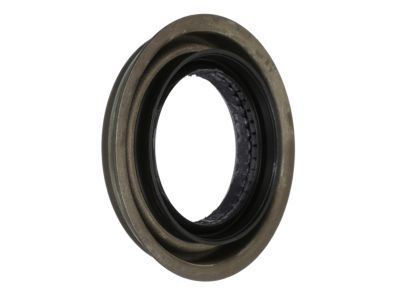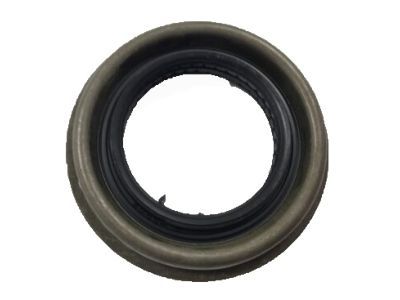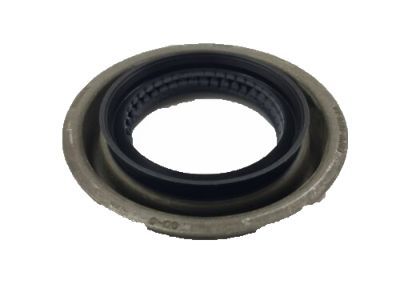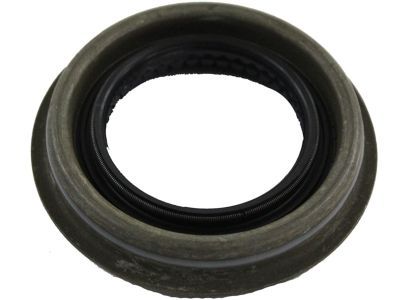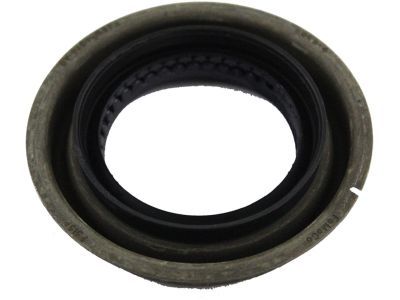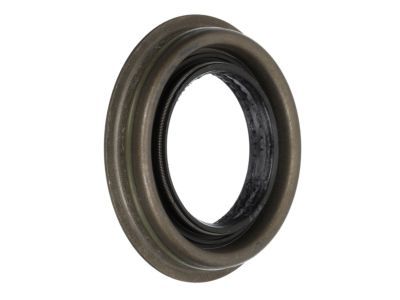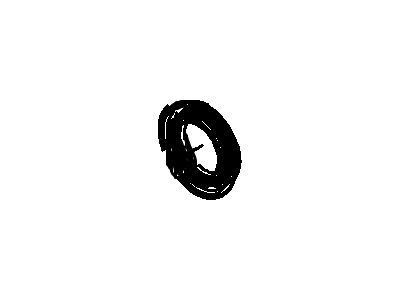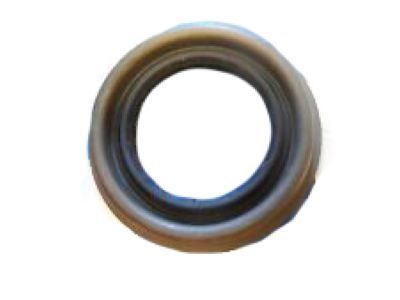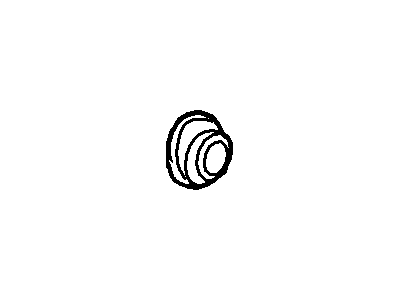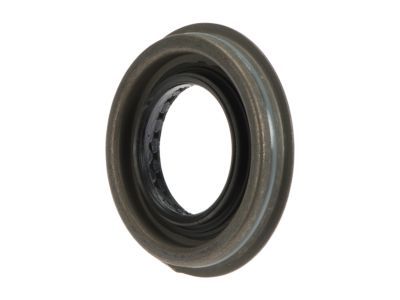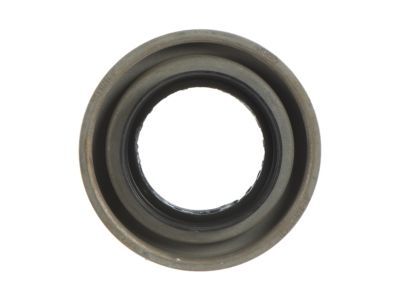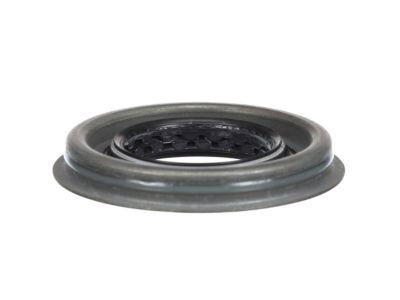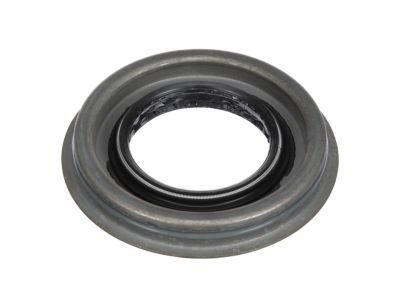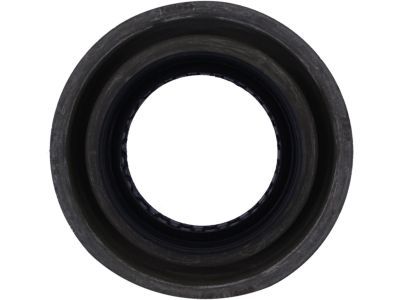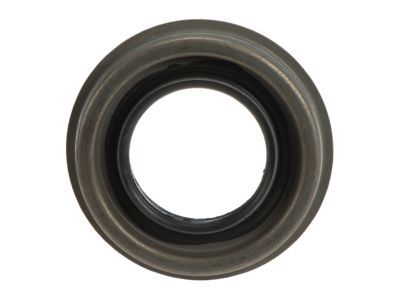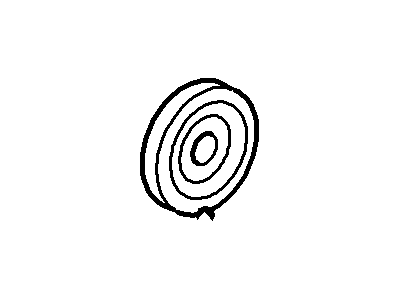

My Garage
My Account
Cart
Genuine Ford F-150 Differential Seal
- Select Vehicle by Model
- Select Vehicle by VIN
Select Vehicle by Model
orMake
Model
Year
Select Vehicle by VIN
For the most accurate results, select vehicle by your VIN (Vehicle Identification Number).
3 Differential Seals found
Ford F-150 Seal Assembly - Oil
Part Number: BR3Z-4676-A$18.72 MSRP: $26.67You Save: $7.95 (30%)Ships in 1-2 Business DaysFord F-150 Seal Assembly - Oil
Part Number: F89Z-4676-AA$18.72 MSRP: $26.67You Save: $7.95 (30%)Ships in 1-2 Business DaysFord F-150 Seal Assembly - Oil
Part Number: BL3Z-4676-A$15.80 MSRP: $22.50You Save: $6.70 (30%)Ships in 1 Business Day
Ford F-150 Differential Seal
We provide a wide range of Ford F-150 Differential Seal at the best prices possible. If you need Ford F-150 Differential Seal, you can shop with confidence on our website. All our OEM parts come with a manufacturer's warranty and are delivered to your door step with a fast delivery service.
Ford F-150 Differential Seal Parts Questions & Experts Answers
- Q: How to replace a pinion seal on a Ford F-150?A:Loosen the wheel lug nuts. Raise the front or rear of the vehicle and support it securely-on jackstands. Block the opposite set of wheels to keep the vehicle from rolling off the stands. Remove the wheels. Disconnect the driveshaft from the differential pinion flange and support it out of the way with a piece of wire or rope. Rotate the pinion a few times by hand. Use a beam-type or dial type inch-pound torque wrench to check the torque required to rotate the pinion. Record it for use later. Mark the relationship of the pinion flange to the shaft then count and write down the number of exposed threads on the shaft. A special tool or a chain wrench can be used to keep the companion flange from moving while the self-locking pinion nut is loosened. A screwdriver or long punch inserted through one of the holes in the flange can also be used to immobilize the flange. Remove The pinion nut. Withdraw the flange. It may be necessary to use a two-jaw puller engaged behind the flange to draw it off. Do not attempt to pry or hammer behind the flange or hammer on the end of the pinion shaft. Pry out the old seal and discard it. Lubricate the lips of the new seal and fill the space between the seal lips with wheel bearing grease, then tap it evenly into position with a seal installation tool or a large socket. Make sure it enters the housing squarely and is tapped into its full depth. Install the pinion flange, lining up the marks made earlier. If necessary, tighten the pinion nut to draw the flange into place. Do not try to hammer the flange into position. Apply a bead of RTV sealant to the ends of the splines visible in the center of the flange so oil will be sealed in. Install the washer and a new pinion nut. Tighten the nut until the number of threads recorded earlier are exposed. Measure the torque required to rotate the pinion and tighten the nut in small increments until it matches the figure recorded earlier. To compensate for the drag of the new oil seal, the nut should be tightened a little more until the rotational torque of the pinion exceeds the earlier recording by 5 in-lbs. Reinstall all components removed previously by reversing the removal process, tightening all fasteners to their specified torque values.
Related Ford F-150 Parts
Browse by Year
2023 Differential Seal 2022 Differential Seal 2021 Differential Seal 2020 Differential Seal 2019 Differential Seal 2018 Differential Seal 2017 Differential Seal 2016 Differential Seal 2015 Differential Seal 2014 Differential Seal 2013 Differential Seal 2012 Differential Seal 2011 Differential Seal 2010 Differential Seal 2009 Differential Seal 2008 Differential Seal 2007 Differential Seal 2006 Differential Seal 2005 Differential Seal 2004 Differential Seal
